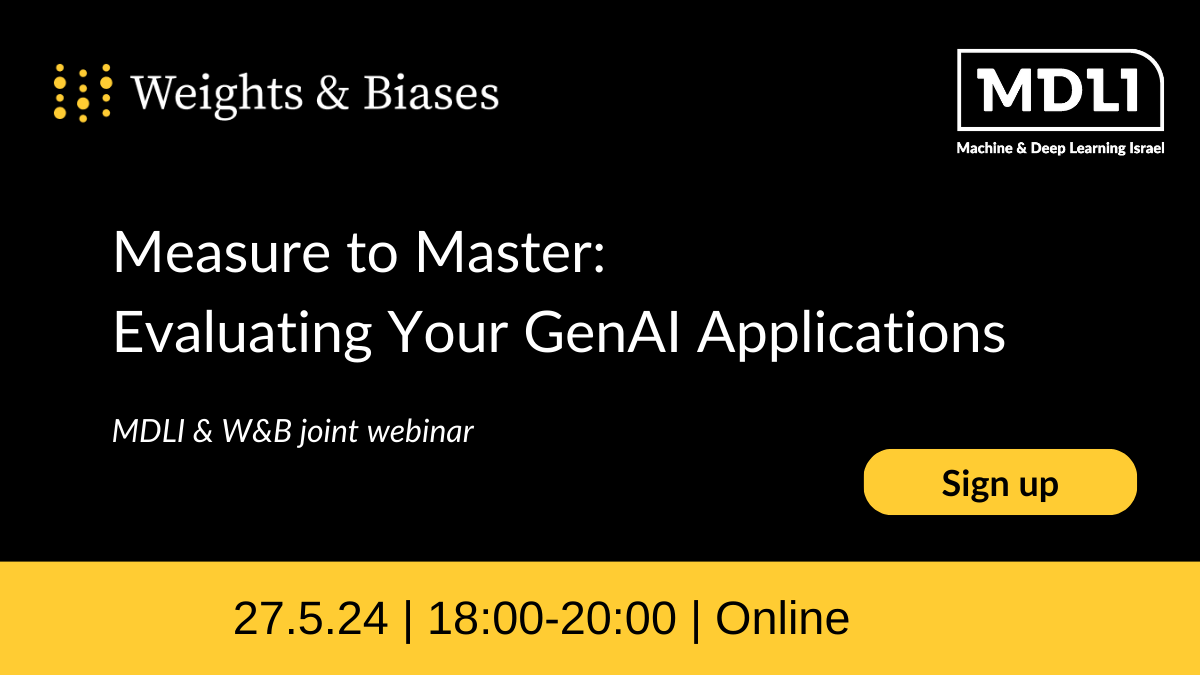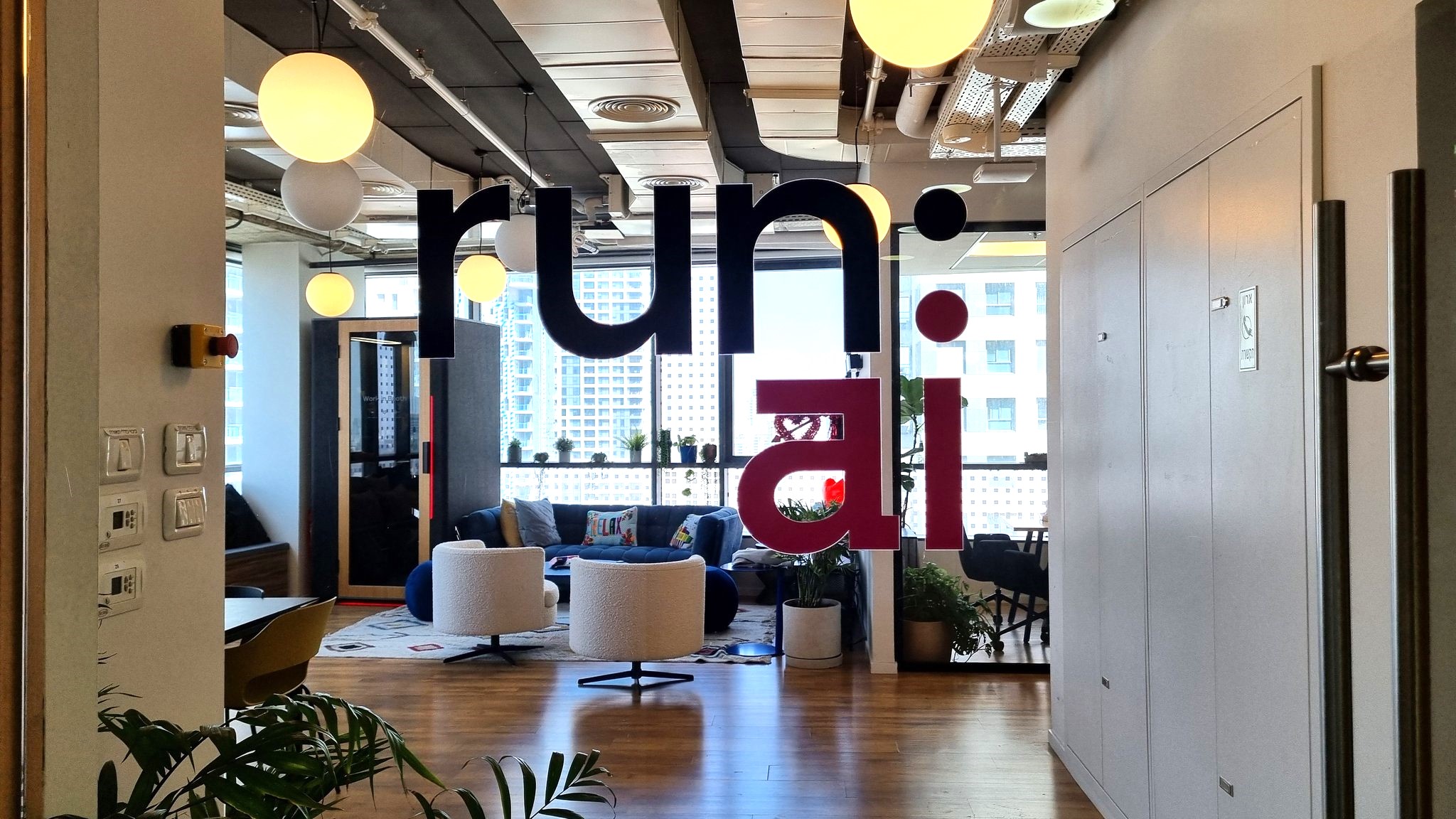סיכום מפגש Machine Learning Israel Seminar #2

בתאריך ה-25.4 קיימנו את המפגש השני של Machine Learning Israel Seminar אשר עסק ב-NLP. המפגש הנוכחי, וכך גם שאר המפגשים בעתיד, בנוי משתי הרצאות: אחת מטעם חוקר מהאקדמיה והשנייה מטעם גורם מהתעשייה (סטארטאפ או חברה). כפי שהבטחתי אני מצרף כאן את המצגות של שני המרצים. בהזדמנות זו אני מציע לכם להירשם לניוזלטר של הקהילה ובכך לא לפספס את ההרשמה לאירוע הבא.
הרצאה ראשונה:
שם המרצה: Roee Aharoni
חברה: Bar Ilan University's NLP Lab
תפקיד: Phd Candidate at Bar Ilan University's NLP Lab
לצפייה במצגת לחצו כאן.
תיאור ההרצאה:
Neural Machine Translation: What is it and How it Works?
Machine translation is considered as one of the prominent benchmarks for AI progress since the 1950's. The recent success of Neural Network based models (a.k.a "Deep Learning") has also revolutionized the way machine translation is tackled by bringing new, simple and powerful models, which are already deployed in widely-used services like Google Translate.
We will walk through the algorithms behind these promising models, understand their advantages, and overview some of the recent advancements in this exciting research field.
הרצאה שנייה:
שם המרצה: Gil Chamiel
חברה: Taboola
תפקיד: Director of Data Science and Algorithm Engineering
לצפייה במצגת לחצו כאן.
תיאור ההרצאה:
Title: Deep Language Modeling for Content Recommendations
Abstract:
Deep neural networks have long gone beyond computer vision and traditional NLP tasks. In particular, language modeling using DNNs is becoming increasingly useful for various tasks involving users interacting with text, such as machine translation, question/answer matching and so on.
Taboola is powered by a recommendation engine which aims to match users with content which suits them most out of a pool of over a million possible recommendations. Within that framework, being able to properly model user interaction with text is crucial.
In this talk, we will discuss our journey to apply language DNN modeling techniques for the purpose of predicting click through rate in our content recommendation system. We will deep dive into some common (and some not so common) architectures and discuss how they come into place in our problem. We will also discuss some valuable lessons learned while developing our deep learning language modeling framework which implements these techniques



